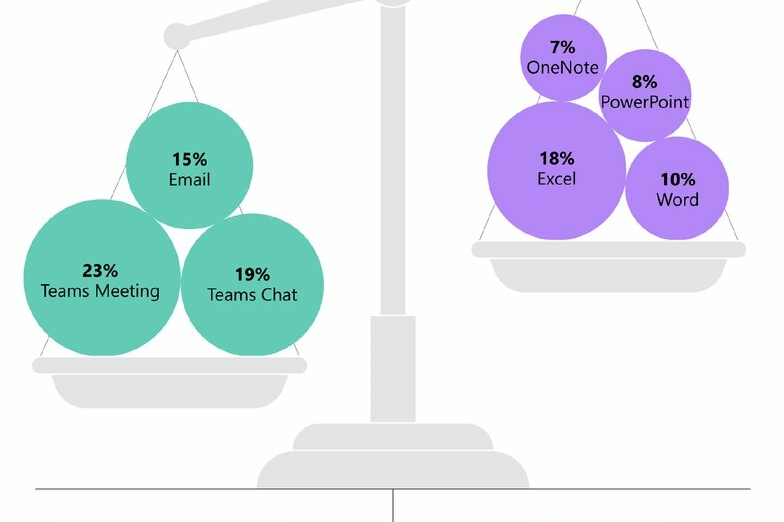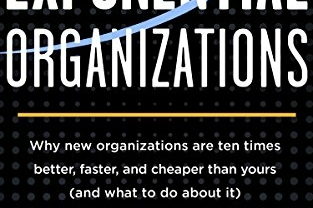Statista’s In-depth: Industry 4.0 2021: Statista Digital Market Outlook is an in-depth analysis of the fourth industrial revolution – the opportunities, emerging technologies, use cases, impact on various industries and strategies for exploiting the new world order of automation, modularization and robotics.
Industry 4.0 or the fourth industrial revolution is quite simply the use of digital technologies in the manufacturing process to produce higher-quality goods at reduced costs.
Industry 4.0 or the fourth industrial revolution, a term initially published by the German government during the Hannover Trade Fair in 2011, is quite simply the use of digital technologies in the manufacturing process to produce higher-quality goods at reduced costs.
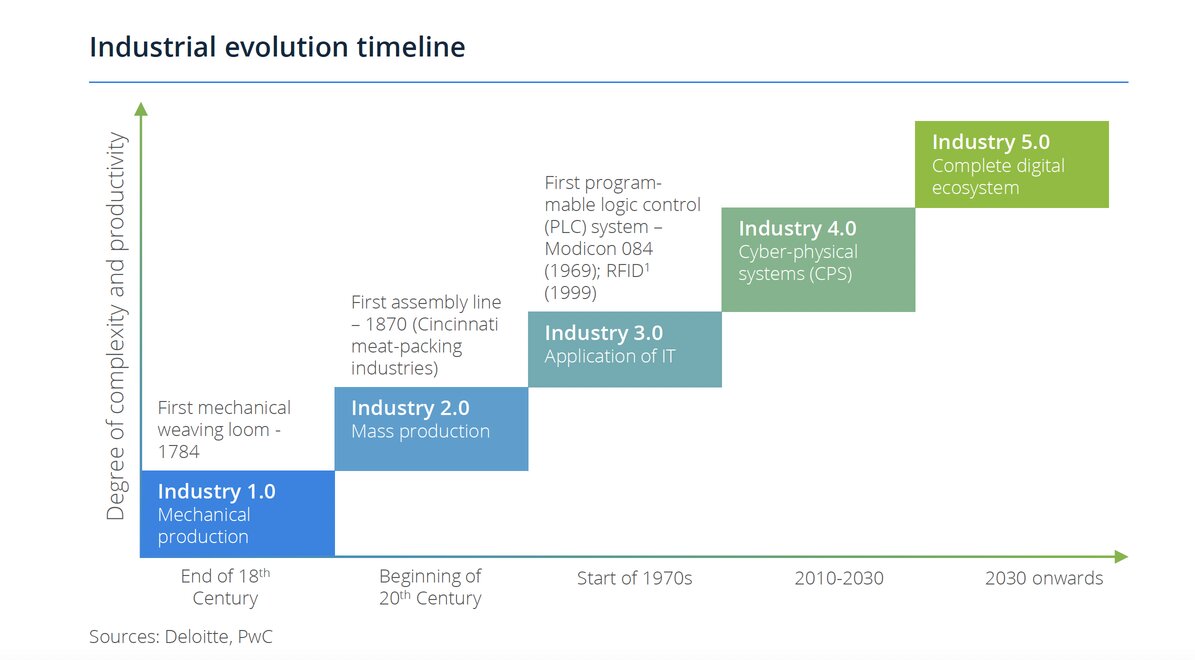
The shift from Industry 1.0 to 4.0 has taken over 300 years
Industry 1.0: The Shift from individual cottage businesses –
The first industrial revolution or Industry 1.0 can be traced back to the end of the 18th century with the introduction of mechanical production facilities in the form of water and steam-powered engines, due largely to the efforts of James Watt. This revolution laid the foundation for the shift from individual cottage businesses serving the needs of only a few, to larger organizations as we know them today. This stage essentially marked the beginning of modern-day industry culture with greater emphasis on quality and efficiencies.
Industry 2.0
The beginning of the 20th century ushered in the second industrial revolution or Industry 2.0 with the use of electricity as the primary power source, resulting in the mass production of goods using assembly lines.
Industry 3.0
The third industrial evolution, or Industry 3.0, started in the 1970s with the use of electronic devices such as transistors and integrated circuit chips and software, in order to create the first-ever fully automated machines. This resulted in reduced effort, increased speed, better accuracy, and the first instances of complete autonomy in the manufacturing process.
Industry 4.0 – Mass Customization
The rapid evolution of the Internet, connected systems, and other digital technologies such as artificial intelligence, robotics, additive manufacturing, big data analytics, and cloud computing, ushered in the fourth industrial revolution or Industry 4.0. This stage resulted in the blurring of the boundaries between the physical and the virtual world with the emergence of Cyber-Physical Systems (CPS) and smart machines.
Industry 4.0 Emerging Technologies
- Additive Manufacturing, Artificial Intelligence (AI), robotics, internet of things (IoT), and augmented and virtual reality (AR/VR), 3D printing, assistant drones, Automated Guided Vehicles (AGVs), autonomous tugger trains, mobile, cloud computing, big data analytics.
Industry 5.0 – Mass Personalization
The period after this will witness the emergence of stage five or Industry 5.0 which, even though not clearly defined at this stage, could include personalized mass production of goods. Humans are likely to be re-introduced in the production lifecycle to collaborate with advanced robots and create partially handmade products. This is expected to usher in the era of mass personalization as opposed to one of mass customization, which is the hallmark of Industry 4.0
One of the key themes of Industry 4.0 is the shift from mass production to mass product customization, resulting in on-demand production and a reduction in excess inventory.
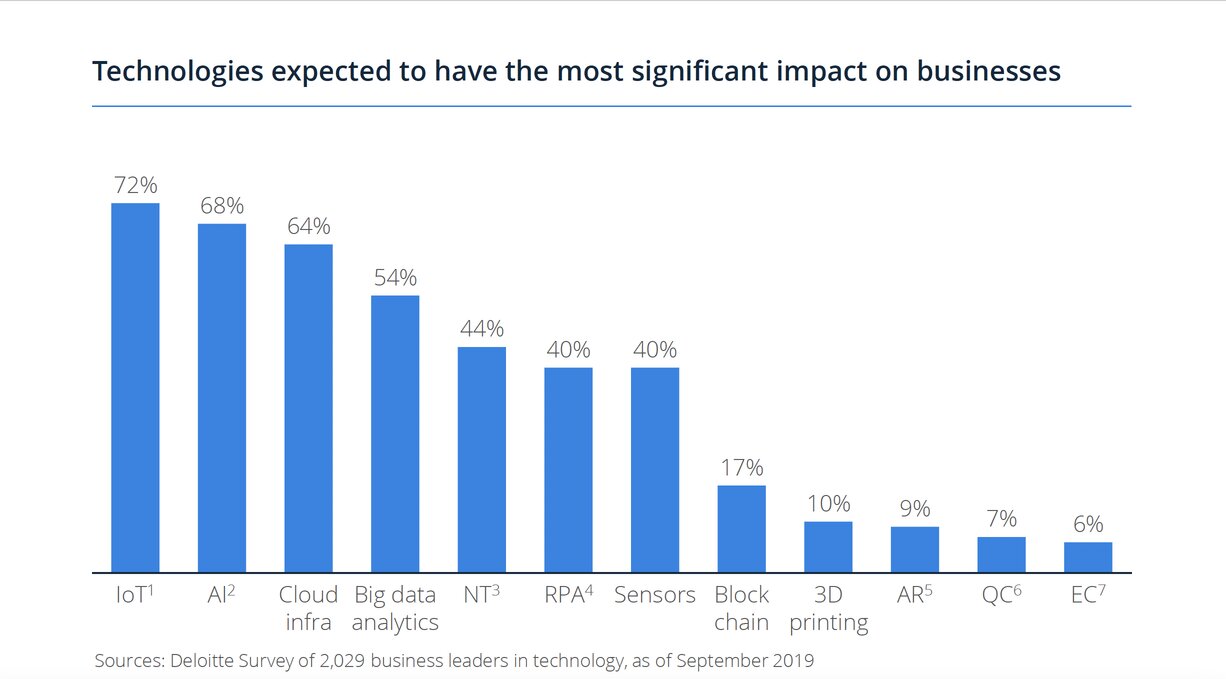
Service-Based Business Models
The digitalization of manufacturing across industries has resulted in the emergence of service-based revenue models to complement the already existing product-based models. Companies are now experiencing major benefits in terms of lower costs, improved efficiencies, increased yield, mass customization, and most importantly, new revenue and business models.
The automotive industry was the leader across all sectors in terms of digital adoption rates in 2020 and benefited from reductions in both time to market (TTM) and costs
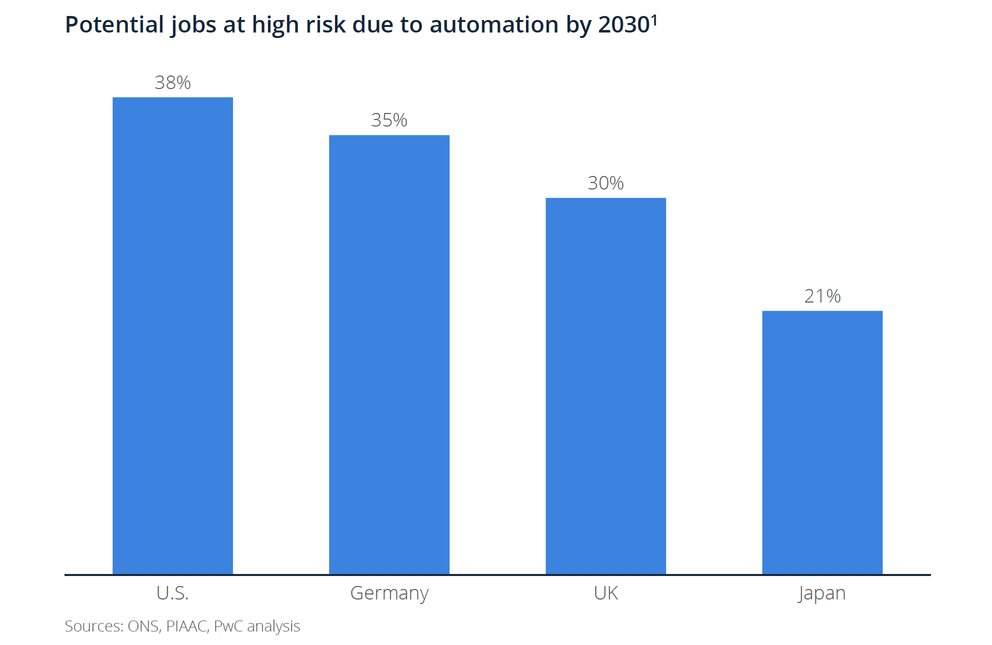
Employment landscape is changing
Contrary to popular belief, automation will not result in a loss of jobs but just a shift in roles. Even though machines are likely to take over most of the repetitive manual tasks, the resultant displacement of workers will also be followed by the emergence of new opportunities in the form of more skilled jobs and better training.
According to a study by PwC around 38% of the U.S. jobs could potentially be at high risk of automation by the early 2030s, compared to Germany (35%), the UK (30%) and Japan (21%). The report further reveals that the risks will be highest in the transportation and storage (56%), followed by manufacturing (46%), wholesale and retail (44%), but lower in sectors like health and social work (17%).
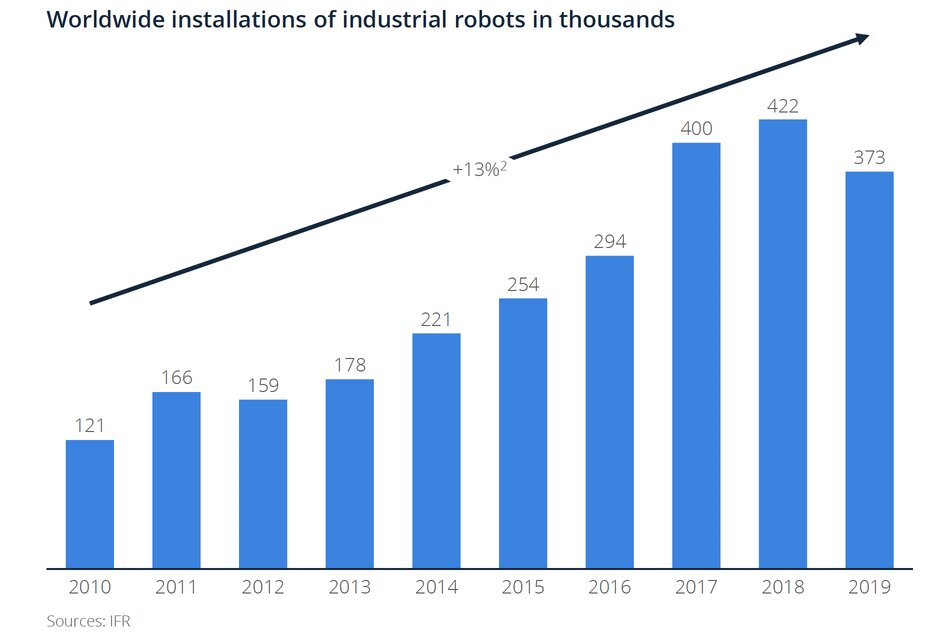
A
According to estimates by The International Federation of Robotics the deployment of industrial robots across industries will increase to nearly 3.8 million units worldwide by the end of 2021, up from 1.5 million in 2014, with Mainland China being the leading market globally. This expected increase has resulted in fear mongering and media hype on the potential loss of jobs to robots. However, this is not going to be the case with automation not only resulting in significant improvements in a country’s GDP but also creating more skilled jobs with higher pay.
According to estimates by The International Federation of Robotics the deployment of industrial robots across industries will increase to nearly 3.8 million units worldwide by the end of 2021, up from 1.5 million in 2014,
Self-learning robots are resulting in complete autonomy.
This self-learning ability of robots and the development of branches of AI such as natural language processing (NLP), deep learning and computer vision, is already playing a critical role in the smart factories being developed by many OEMs across industries. Some of the use cases include:
- Autonomous manufacturing: Recognizing equipment and parts and determining how each of them must be used, without any human input.
- Error handling: Using pattern recognition to form best practices for error handling. For example, an AI application spots a defect in a factory making aircraft equipment and feeds that data into a cloud computer. This results in the immediate pullout of all units of the defective part thus leading to huge savings in recalls, repairs, and lost business.
- Learning database: Creating a database of all faulty manufacturing processes and using the learning to optimize future tasks.
- Conversational technologies: Using NLP to create conversational technologies, especially useful for fully autonomous cars.
- Drilling and fastening: Robot deployments in the form of automated drilling and fastening machines in aerospace and defense.
- Sealing: Robots are increasingly being used for sealing applications in various industries where it is difficult for any human to work in that environment.
According to the World Economic Forum (WEF), IoT investment in production doubled from US$35 billion in 2016 to US$71 billion by the end of 2020, with three key functions driving investments: asset tracking, condition-based maintenance, and robotics processing
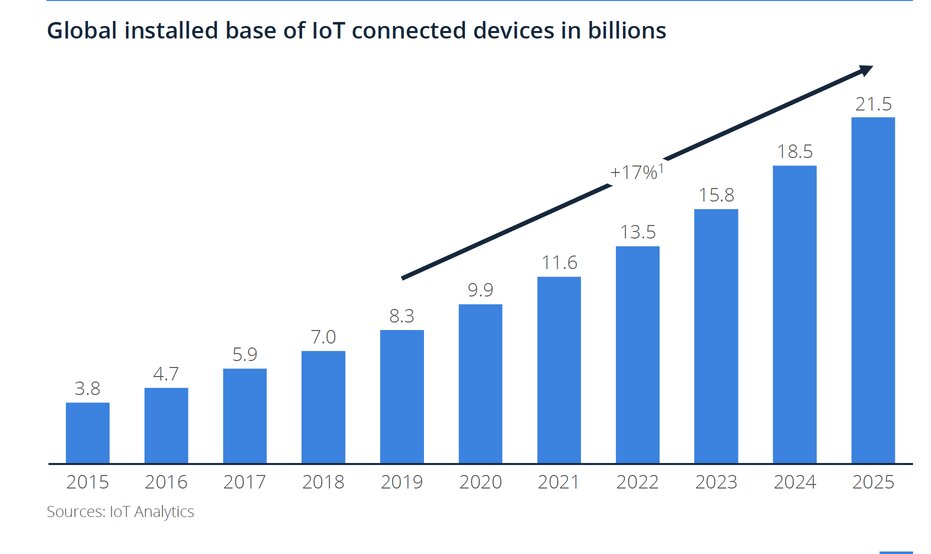
The use of virtual and augmented reality is at a tipping point
- Virtual reality (VR) is a computer-generated simulation of a real-life environment that enables the user to experience a particular situation firsthand.
- Augmented reality (AR) on the other hand is also a computer simulation that not only creates a virtual environment mirroring the actual one, but also adds virtual enhancements on top of it, in order to make it more interactive for the user.
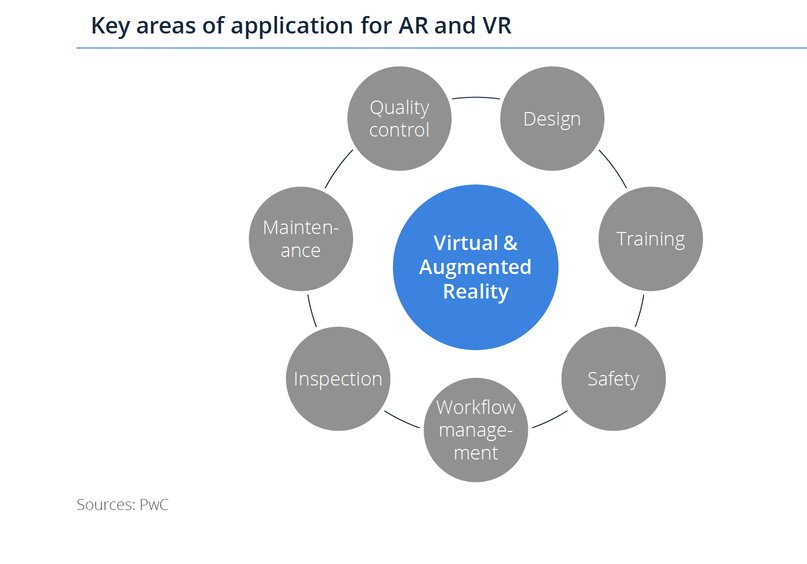
Augmented reality and virtual reality market to reach US$297bn by 2024
Manufacturers move to profitable service-based revenue models
Connected industrial machines are now presenting significant opportunities for companies to offer B2B knowledge-based services along with their existing product portfolio. For example, instead of simply making a one-time profit on the sale of an industrial machine, manufacturing companies are now connecting their machines to other devices in the ecosystem, to generate large volumes of big data which can further be used to offer services such as predictive maintenance, quality control, plant floor efficiency, and customer engagement.
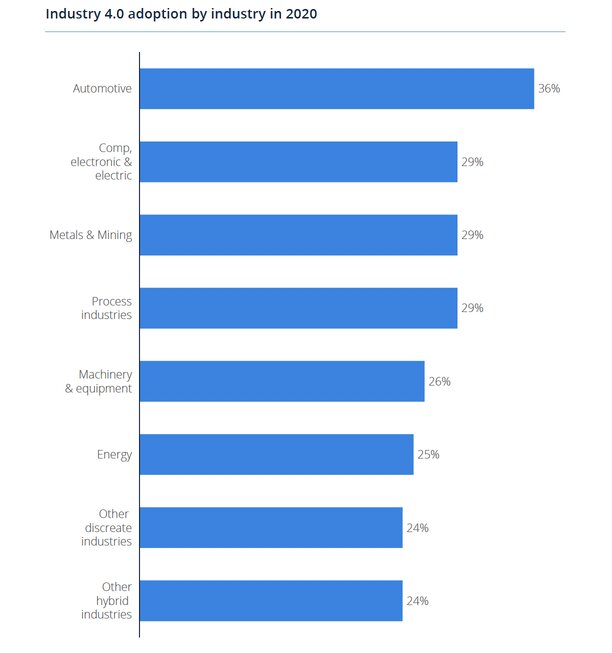
The automotive industry has always been a leader in digital transformation. The first instance of digitalization can be traced back to Henry Ford who introduced the first-ever moving assembly line in 1913, which reduced assembly time by 90%.
Backshoring
It is the act of reintroducing domestic manufacturing to a country. It is the reverse process of offshoring, where manufacturing is moved to another country where labor is cheaper. It is also known as onshoring, inshoring, and backshoring.
Internet of Things
The interconnection via the Internet of computing devices embedded in everyday objects, enabling them to send and receive data.
Machine Learning
Involves designing new learning algorithms and improving existing ones to enable computers to act without being programmed explicitly. These algorithms allow computers to analyze large volumes of complex data to recognize patterns, make predictions, and adjustments.
Need help with developing a digital strategy for your business? Get in touch.
